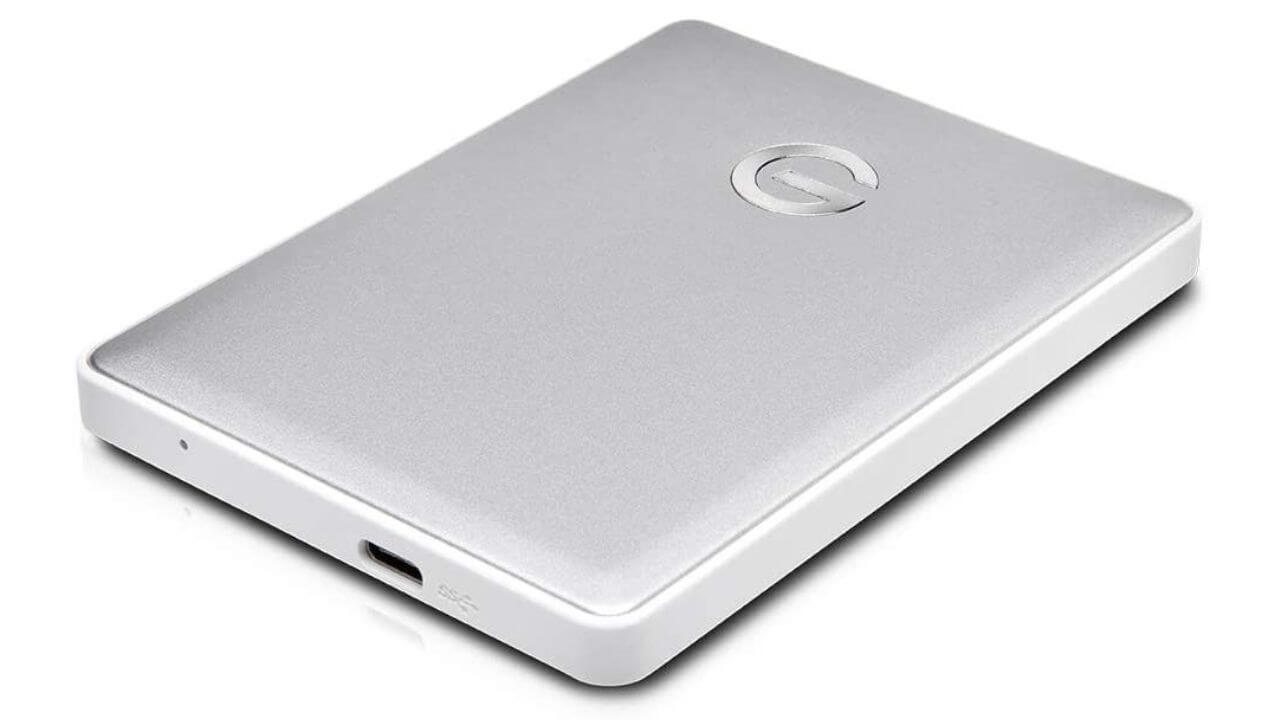

USB transfer standards delineate the transfer speed of the connection.

The newer USB Type-C, or USB-C, connection, which will replace USB-A as the dominant connection at some point, looks like a flat oval, and it connects in any orientation. A USB Type-A, or USB-A, connection is the one we’re all the most familiar with, and it looks like a flat rectangle-it’s the one that never connects on the first or second attempt. Image via iunewind.įirst off, the type of connection and the transfer standard are two different things. This is a good visual guide of the different USB connection types. Understanding these concepts will help you choose an SSD that’s right for you and your workflow. So, we’ve compiled a list of the best available external SSDs for videographers.Ī Quick Explainer on USB Types and USB Transfer Standardsīefore you check out the drives below, you’ll need to know a little about USB types and USB transfer standards, which are not the same thing. With bigger and faster drives releasing every year, it can be hard to keep up. Though they’re more expensive than external HDDs, external SSDs are faster, lighter, and less prone to corrupt when mishandled. While you shouldn’t expect the jaw-dropping speeds of internal M.2 NVMe SSDs, external SSDs are multitudes faster than disk drives, with some of the higher-end drives reaching speeds of up to 1,000MB/s or even 2,000MB/s. Solid-state drives (SSDs), however, are a better solution with blazing-fast read and write speeds. HDDs are also heavier, and they rely on a mechanical disk drive to read and write data, which makes them vulnerable to data corruption when dropped. While external hard disk drives, or HDDs, are a cheap solution with high storage capacities, they are infuriatingly slow. Thankfully, digital storage options continue to evolve and offer more capacity and faster speeds every year. For videographers who need to capture every moment, having a full memory card isn’t an option. Improvements in camera technology have led to enormous files that can quickly fill up a memory card. Videographers can back up and secure their files anywhere with these fast, external SSDs.


 0 kommentar(er)
0 kommentar(er)
